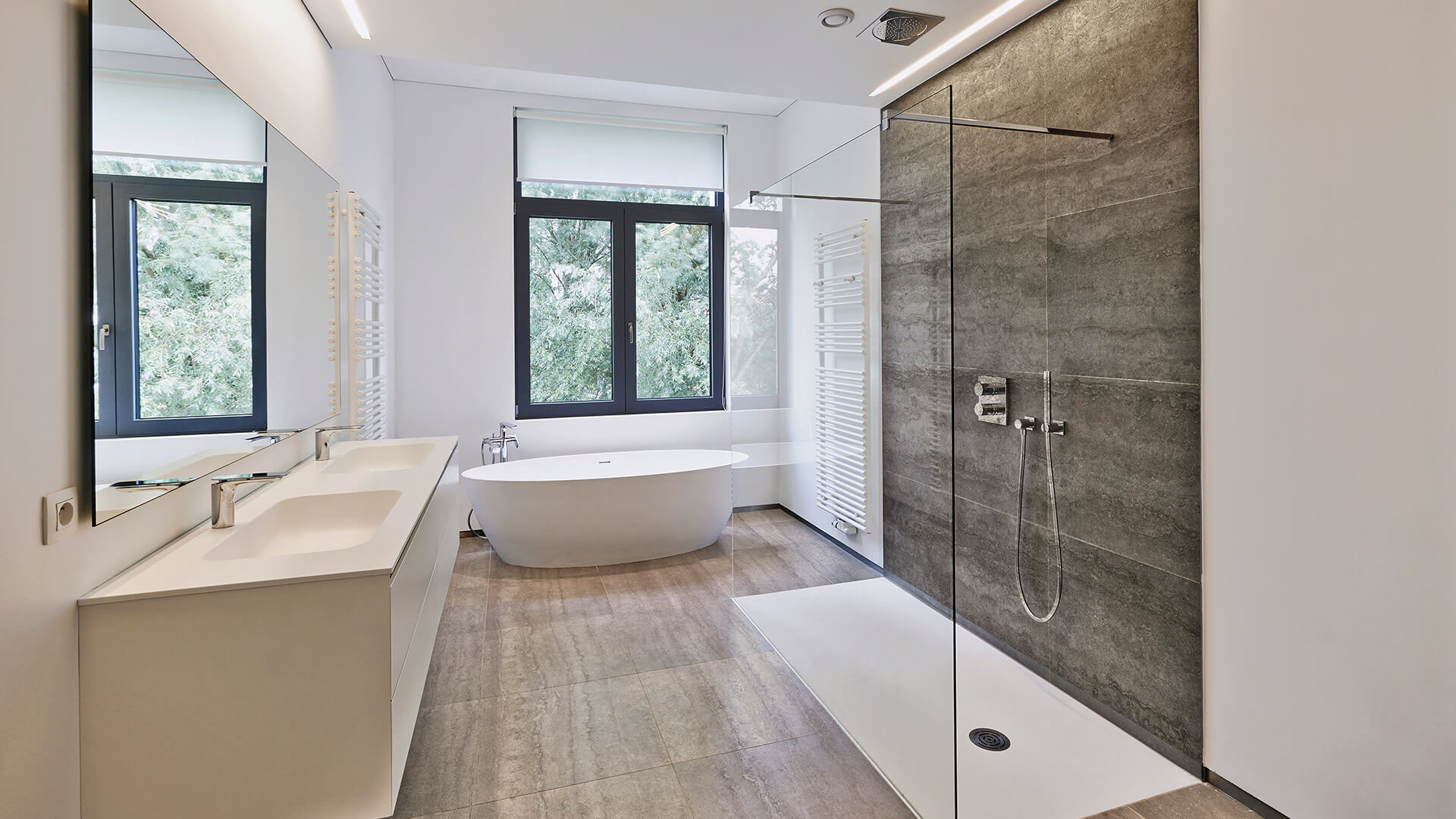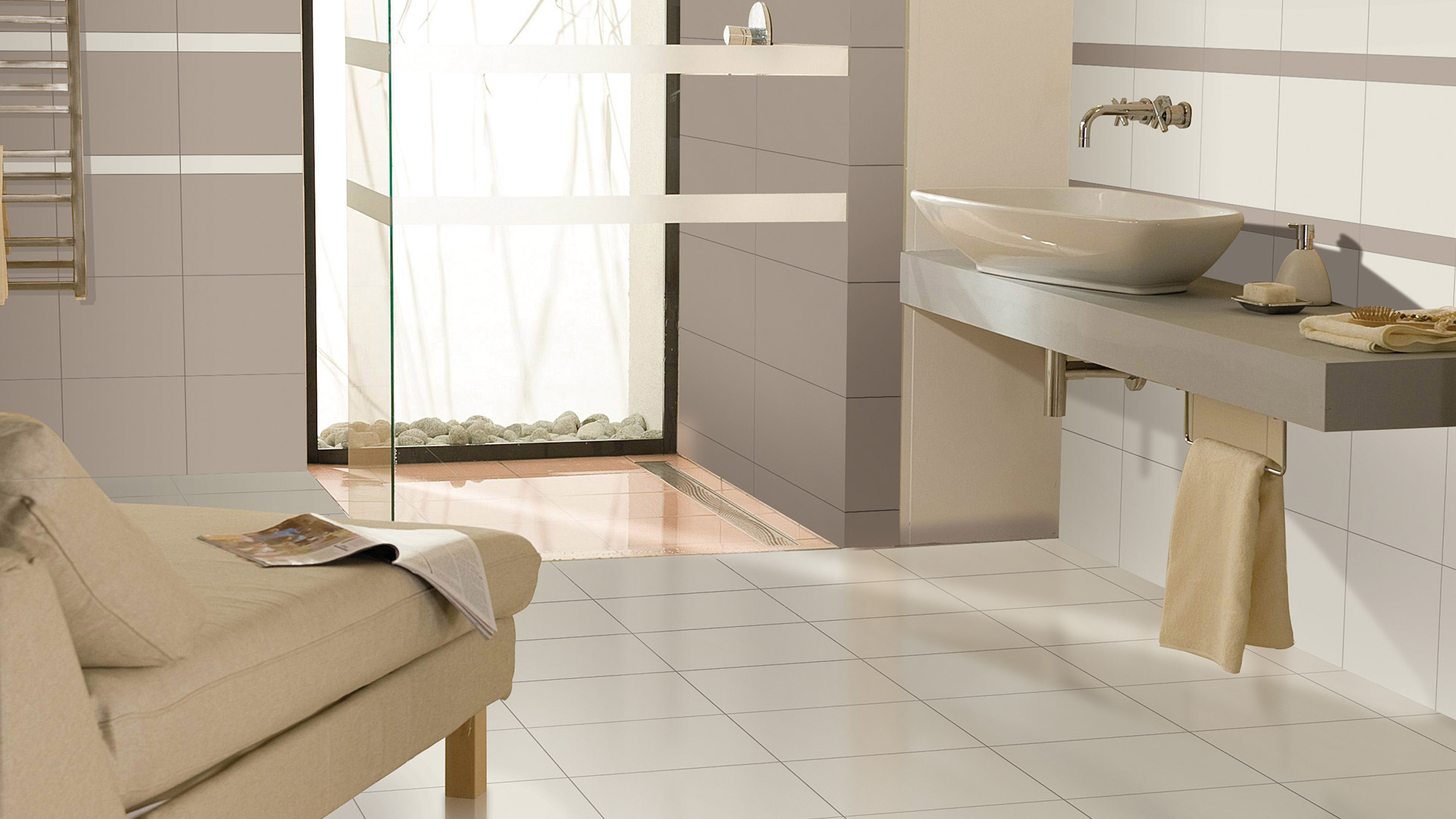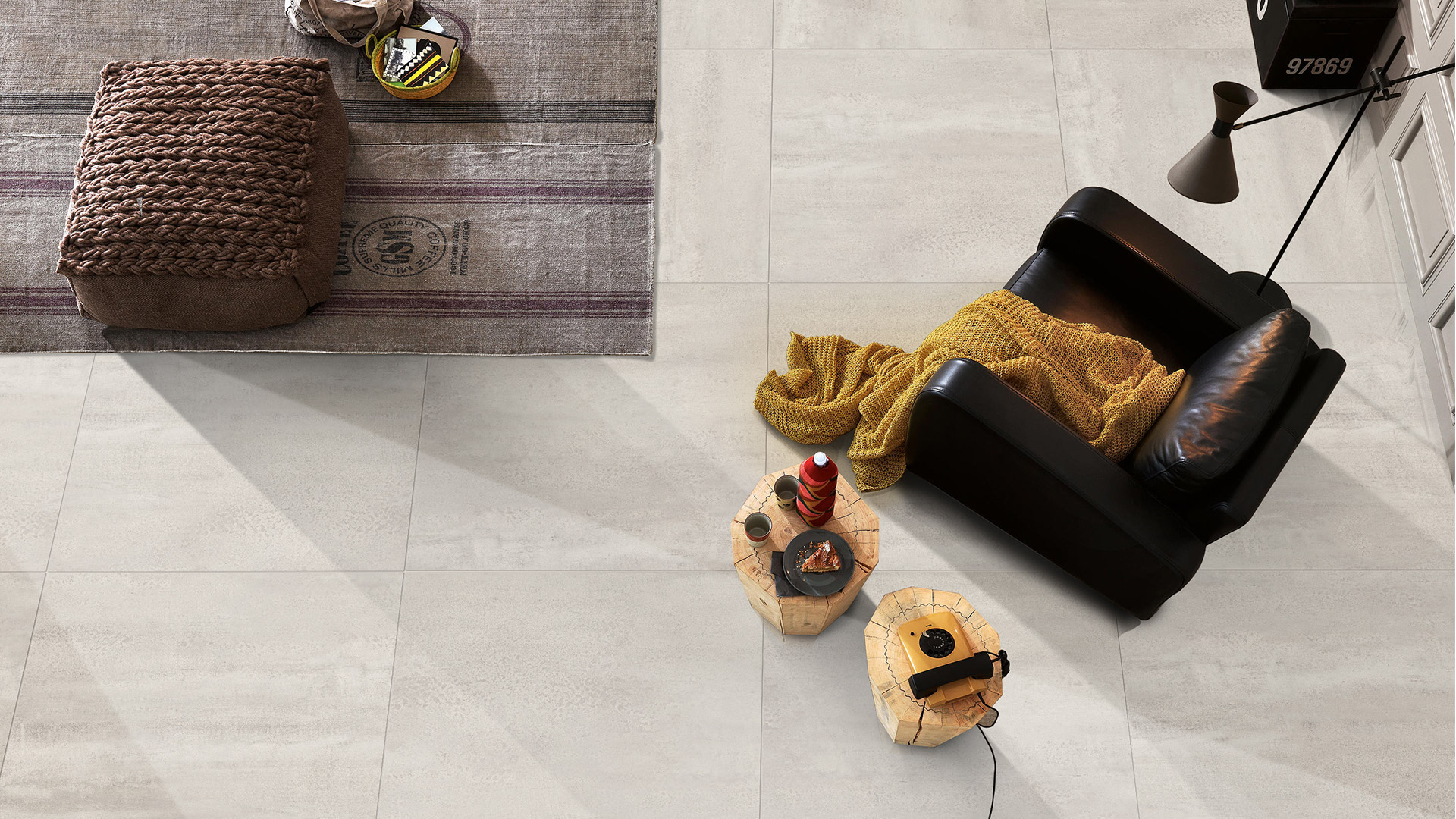Maintaining a clean bathroom is essential for both hygiene and aesthetics, and one of the key areas that often need attention is the tiles. Over time, bathroom tiles can accumulate dirt, grime, and soap scum, leading to a dull and unappealing appearance. However, with the right cleaning methods and products, you can restore the shine to your bathroom tiles easily and effectively. And if you are wondering “how can I clean my bathroom titles,” properly, let us show you. In this guide, we’ll explore various simple yet effective ways of cleaning bathroom tiles, along with the benefits of each method and the cost of materials involved.
1. Vinegar and Baking Soda Solution:
Benefits: Vinegar is acidic and acts as a natural disinfectant, while baking soda is abrasive and helps to scrub away stubborn stains.
How to Use: Mix equal parts vinegar and water in a spray bottle. Sprinkle baking soda onto the tiles, then spray the vinegar solution over the baking soda. Allow it to bubble and fizz for a few minutes before scrubbing with a brush or sponge.
Cost: Both vinegar and baking soda are inexpensive household items, making this bathroom tile cleaning solution highly cost-effective.
2. Commercial Tile Cleaners:
Benefits: Commercial tile cleaners are specially formulated to tackle tough stains and grime on bathroom tiles. They often contain powerful cleaning agents that can dissolve soap scum and mineral deposits.
How to Use: Follow the instructions on the product label, typically involving spraying the cleaner onto the tiles, allowing it to sit for a few minutes, then scrubbing and rinsing thoroughly.
Cost: The cost of commercial tile cleaners varies depending on the brand and quantity. While some may be more expensive than homemade solutions, they can be highly effective for deep cleaning.
3. Steam Cleaning:
Benefits: Steam cleaning uses hot steam to loosen dirt and grime from the tiles without the need for chemicals. It is eco-friendly and can effectively sanitise the tiles, killing bacteria and mould.
How to Use: Use a steam cleaner with a nozzle attachment to direct steam onto the tiles. Move the nozzle back and forth across the surface, focusing on areas with heavy buildup.
Cost: Steam cleaners can be more expensive upfront, but they are a worthwhile investment for long-term bathroom tile cleaning solutions. Prices vary depending on the brand and features.
4. Hydrogen Peroxide Solution:
Benefits: Hydrogen peroxide is a mild bleach and disinfectant that can brighten and sanitise bathroom tiles. It is particularly effective for removing mould and mildew.
How to Use: Dilute hydrogen peroxide with water in a spray bottle (1 part peroxide to 2 parts water). Spray the solution onto the tiles, let it sit for a few minutes, then scrub with a brush or sponge.
Cost: Hydrogen peroxide is affordable and readily available at most drug stores or supermarkets.
5. Lemon Juice and Salt Scrub:
Benefits: Lemon juice contains citric acid, which has natural bleaching properties and can help to dissolve mineral deposits. Salt acts as a mild abrasive to scrub away dirt and stains.
How to Use: Mix lemon juice with salt to form a paste. Apply the paste to the tiles, then scrub gently with a sponge or brush. Rinse thoroughly with water.
Cost: Lemon juice and salt are inexpensive kitchen staples, making this bathroom tile cleaning method budget-friendly.
6. Oxygen Bleach:
Benefits: Oxygen bleach is a non-toxic alternative to chlorine bleach that is safe for use on tiles and grout. It can effectively remove stains, brighten surfaces, and kill bacteria.
How to Use: Dissolve oxygen bleach powder in warm water according to the package instructions. Apply the solution to the tiles, let it sit for a while, then scrub and rinse.
Cost: Oxygen bleach is slightly more expensive than chlorine bleach but is still affordable and widely available.
7. Tile and Grout Sealer:
Benefits: Applying a tile and grout sealer creates a protective barrier that repels water, stains, and mould, making future cleaning easier and more effective. It can also help to prolong the lifespan of your tiles.
How to Use: Follow the instructions on the sealer product, typically involving cleaning the tiles thoroughly, applying the sealer with a brush or roller, and allowing it to dry completely.
Cost: The cost of tile and grout sealer varies depending on the brand and quantity but is generally reasonable considering the long-term benefits it provides.
8. White Vinegar and Dish Soap Solution:
Benefits: White vinegar’s acidity helps to dissolve mineral deposits and soap scum, while dish soap helps to lift and remove dirt and grime.
How to Use: Mix equal parts white vinegar and water in a spray bottle, then add a few drops of dish soap. Shake well to combine, then spray onto the tiles and scrub with a sponge or brush. Rinse thoroughly with water.
Cost: Both white vinegar and dish soap are affordable household items, making this solution cost-effective and one of the best ways to clean bathroom tiles.
9. Tea Tree Oil Spray:
Benefits: Tea tree oil is a natural antifungal and antibacterial agent, making it effective for killing mould and mildew on bathroom tiles. It also leaves behind a pleasant scent.
How to Use: Dilute tea tree oil with water in a spray bottle (around 10 drops of oil per cup of water). Spray the solution onto the tiles and let it sit for a few minutes, then scrub and rinse.
Cost: While tea tree oil may be more expensive than some other cleaning agents, a little goes a long way, making it a worthwhile investment for its disinfecting properties.
10. Rubbing Alcohol Solution:
Benefits: Rubbing alcohol is a powerful disinfectant that can effectively kill germs and bacteria on bathroom tiles. It also evaporates quickly, leaving behind a streak-free shine.
How to Use: Mix equal parts rubbing alcohol and water in a spray bottle. Spray the solution onto the tiles and let it sit for a few minutes, then wipe clean with a microfibre cloth or sponge.
Cost: Rubbing alcohol is inexpensive and readily available at most drug stores or supermarkets.
11. Vinegar and Borax Paste:
Benefits: Borax is a natural mineral that has disinfectant and whitening properties, making it effective for cleaning bathroom tiles. When combined with vinegar, it creates a powerful cleaning paste.
How to Use: Mix vinegar and borax powder to form a paste. Apply the paste to the tiles, then scrub with a brush or sponge. Rinse thoroughly with water.
Cost: Borax is affordable and can be found in the laundry aisle of most supermarkets.
12. Citrus-Based Cleaner:
Benefits: Citrus-based cleaners contain natural acids from citrus fruits like oranges or lemons, which help to break down grease and grime on bathroom tiles. They also leave behind a fresh citrus scent.
How to Use: Follow the instructions on the citrus-based cleaner product, typically involving spraying onto the tiles, letting it sit for a few minutes, and then wiping clean with a damp cloth.
Cost: Citrus-based cleaners may be slightly more expensive than some other options, but they offer effective cleaning power and a refreshing aroma.
By incorporating these cleaning methods into your bathroom maintenance routine, you can ensure that your bathroom tiles remain clean, shiny, and free of germs and grime. Experiment with different techniques to find the ones that work best for your specific cleaning needs and preferences.
Keeping your bathroom tiles clean doesn’t have to be a daunting task. By using simple yet effective cleaning methods and products, you can easily maintain a sparkling and hygienic bathroom environment. Whether you prefer homemade solutions or commercial cleaners, there are plenty of options available to suit your needs and budget. Remember to choose the method that works best for your specific tile type and cleaning preferences, and enjoy the satisfaction of stepping into a fresh and rejuvenated bathroom every day.




